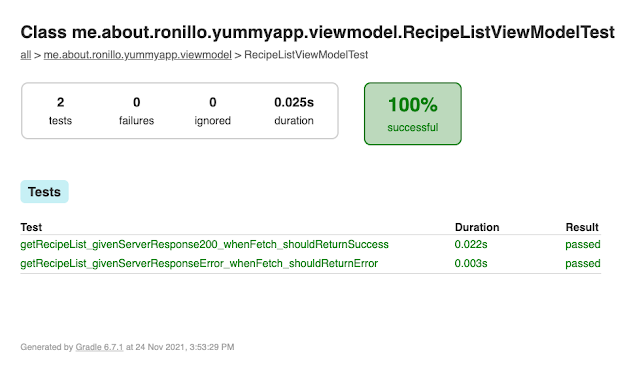SwiftUI vs UIKit: Which One Is Easier to Use?
As an iOS developer, you have two options when it comes to building user interfaces: SwiftUI and UIKit. While SwiftUI is a relatively new framework, it has quickly gained popularity due to its ease of use and declarative syntax. UIKit, on the other hand, has been around for over a decade and has a steeper learning curve. In this blog post, we will explore why programming with SwiftUI is easier than using UIKit.
First, let's talk about the syntax differences between SwiftUI and UIKit. SwiftUI uses a declarative syntax that enables developers to focus on what they want to achieve rather than the steps required to achieve it. For example, in SwiftUI, creating a button is as simple as writing a single line of code:
Button("Click Me!") {
// Action to perform
}
In contrast, in UIKit, creating a button involves several steps, including creating a UIButton instance, setting its properties, and adding it to a view.
Similarly, creating a list view in SwiftUI requires only a few lines of code:
List {
Text("Item 1")
Text("Item 2")
Text("Item 3")
}
In UIKit, achieving the same result involves significantly more code. While UIKit provides more fine-grained control over the user interface, this control comes at the cost of increased complexity and a steeper learning curve.
Secondly, SwiftUI reduces the amount of boilerplate code required to build user interfaces. For example, in SwiftUI, the need to create and maintain IBOutlet and IBAction references is eliminated. Instead, SwiftUI uses a property wrapper called @State to manage the state of views. This leads to more concise and readable code.
Thirdly, SwiftUI provides a live preview feature that enables developers to see how their user interfaces will look in real-time. This makes it easier to iterate on designs and reduces the need for manual testing. In contrast, UIKit does not provide such a feature, which means that developers must compile and run their apps to see how changes to the UI affect the final product.
Finally, SwiftUI integrates more tightly with the Swift language itself. This means that SwiftUI code is often easier to read and understand for Swift developers, as it leverages many of the language's modern features, such as functional programming concepts.
While UIKit remains a powerful framework for building iOS apps, its complexity and steep learning curve can be intimidating for new developers. SwiftUI, on the other hand, provides a more intuitive and streamlined approach to building user interfaces, making it easier to get started with iOS development.
In conclusion, while both SwiftUI and UIKit have their pros and cons, SwiftUI is easier to use and provides a more modern approach to building user interfaces. If you're new to iOS development, SwiftUI is a great place to start. However, if you're working on a more complex app that requires fine-grained control over the user interface, or if you have experience with UIKit and prefer its more imperative approach, UIKit may still be the better choice.
Related Links
SwiftUI Tutorials from Apple: The official SwiftUI tutorials from Apple are a great place to start for anyone new to the framework. They provide step-by-step instructions and sample code for building various types of user interfaces, including forms, lists, and more.
UIKit Tutorials from Ray Wenderlich: Ray Wenderlich is a popular resource for iOS developers, and their UIKit tutorials cover a wide range of topics, from creating custom views to working with table views and collection views.
SwiftUI vs. UIKit: Which One You Should Learn?- This blog post from Hacking with Swift provides a detailed comparison of SwiftUI and UIKit, discussing the pros and cons of each framework and providing examples of how they differ.
Swift Forums: The Swift forums are a great place to ask questions, share knowledge, and connect with other iOS developers. Whether you're a beginner or an experienced developer, the forums can be a valuable resource for learning about SwiftUI, UIKit, and other aspects of iOS development.
iOS Dev Weekly: iOS Dev Weekly is a popular newsletter that curates the best iOS development articles, tutorials, and news from around the web. Subscribing to the newsletter is a great way to stay up-to-date on the latest developments in the iOS development community.

Comments
Post a Comment